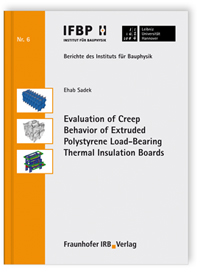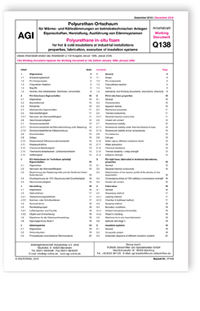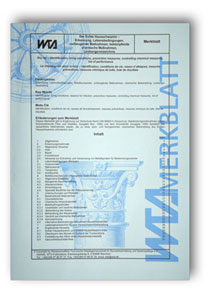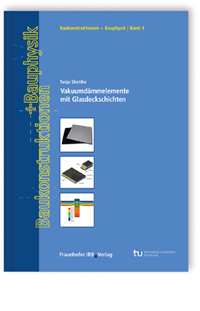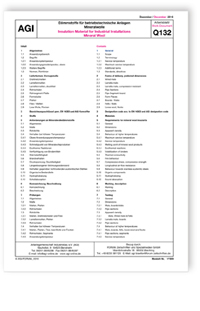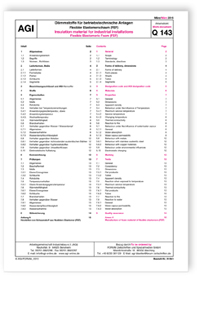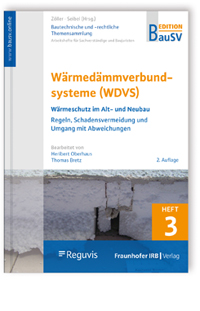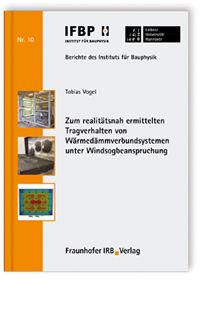Evaluation of Creep Behavior of Extruded Polystyrene Load-Bearing Thermal Insulation Boards (Softcover)
Details zum Buch
Autor
Ehab Sadek
Erscheinungsjahr
2013
Herausgeber
Leibniz Universität Hannover, Institut für Bauphysik, Nabil A. Fouad
Bibliografische Angaben
393 Seiten, num. col. illus. and tab.
Softcover
Fraunhofer IRB Verlag
ISBN 9783816789338
Sprache
Englisch
Extruded polystyrene (XPS) rigid foams have attracted recently a great attention as a superior load-bearing thermal insulation material. Therefore, this type of thermal insulation material is commonly used under raft foundations, where high levels of compression loads and sometimes shear loads take place. To apply these boards safely in such application areas, their creep behavior should be intensively evaluated and analyzed to avoid any hazardous potential settlement.
The principle objective of the current research are to investigate the creep behavior of XPS load-bearing thermal insulation boards under pure shear and combined shear-compression stress states and to explore any potential effect the compression stresses could have on the shear creep strains under the combined loading state.
Creep tests were performed on XPS rigid boards under shear and combined shear-compression stress states using a specially developed test setup. The creep behavior was then simulated through finite element method using microstructure-based FE models. XPS rigid boards have been examined by x-ray micro-computer tomography to acquire the required morphological information about the foam microstructure. Nanoindentation technology has been applied to detect the elastic modulus of the foam cell wall material to accomplish the FE analysis. The FE models were validated by the comparisons between the simulated and the experimental results. The developed microstructure-based FE models were then used to carry out a parametric study aiming to optimize the creep response of XPS boards under shear and compression loads.
The principle objective of the current research are to investigate the creep behavior of XPS load-bearing thermal insulation boards under pure shear and combined shear-compression stress states and to explore any potential effect the compression stresses could have on the shear creep strains under the combined loading state.
Creep tests were performed on XPS rigid boards under shear and combined shear-compression stress states using a specially developed test setup. The creep behavior was then simulated through finite element method using microstructure-based FE models. XPS rigid boards have been examined by x-ray micro-computer tomography to acquire the required morphological information about the foam microstructure. Nanoindentation technology has been applied to detect the elastic modulus of the foam cell wall material to accomplish the FE analysis. The FE models were validated by the comparisons between the simulated and the experimental results. The developed microstructure-based FE models were then used to carry out a parametric study aiming to optimize the creep response of XPS boards under shear and compression loads.
